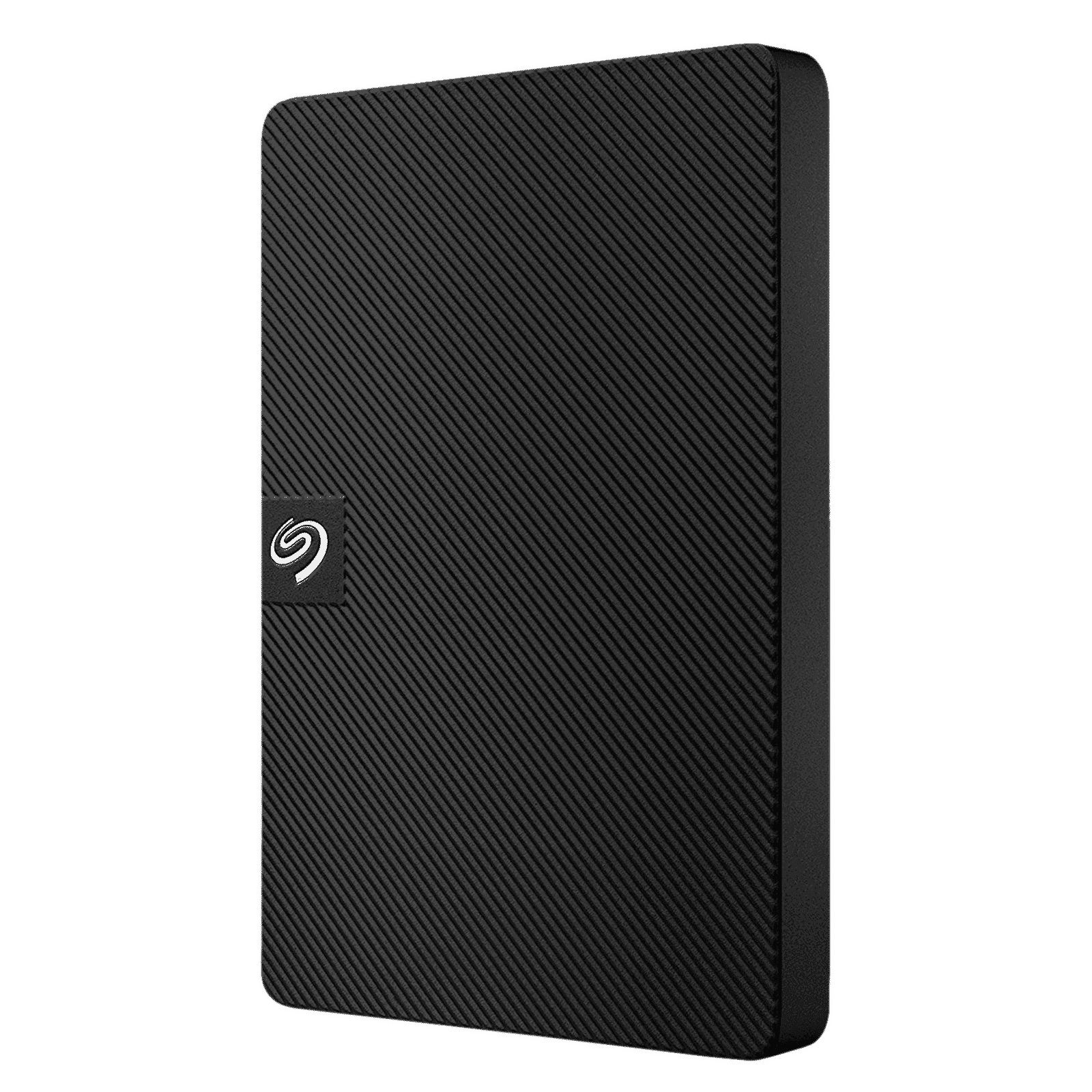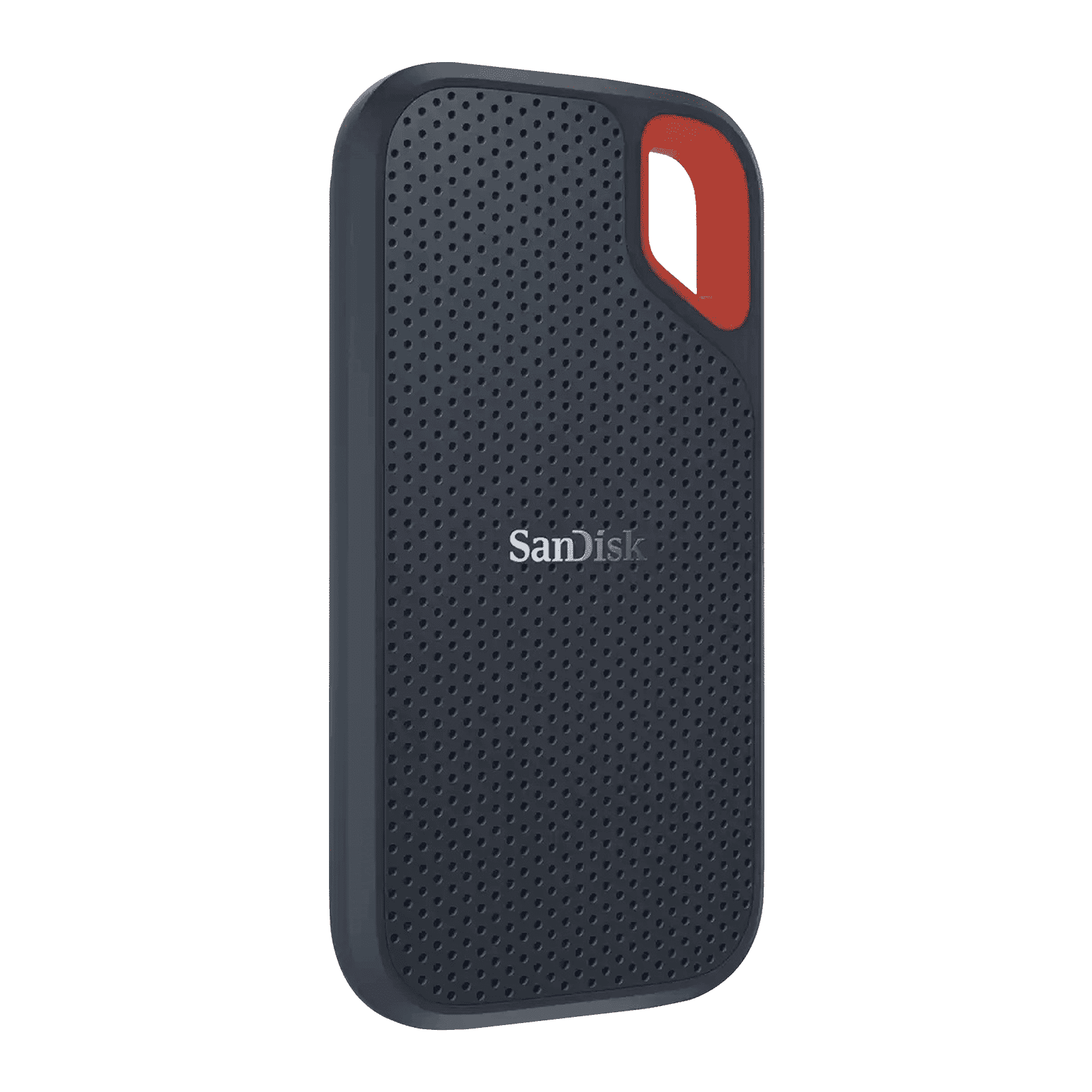
Consumer Electronics
•04 min read

Buy SanDisk Extreme 1 TB USB Type-C (3.2) Portable Solid State Drive (Drop Protection, Monterey) online at best prices from Croma. Check product details, reviews & more. Shop now!
Ever wondered whether an external SSD or internal SSD is the best choice for your storage needs? In today’s fast-paced digital world, selecting the right storage option is crucial for ensuring reliability and performance in your everyday tasks. With solid state drives (SSDs) now the modern standard for fast, durable, and energy-efficient storage, understanding the differences can make all the difference when it comes to real-world usage.
SSDs, or solid state drives, are storage devices that use flash memory to store data. Unlike traditional hard drives, SSDs have no moving parts, making them faster, more durable, and energy efficient. This means your data is accessed in a flash and handled more reliably, whether you are storing precious family photos or important work files.
The primary difference between external and internal SSDs comes down to their design and intended use. External SSDs are built to be portable and offer plug-and-play convenience, while internal SSDs are integrated directly into your computer’s hardware, offering superior seamless performance for high-demand tasks.
Internal SSDs often lead the performance race, with technologies such as NVMe delivering exceptional speed benefits compared to traditional SATA interfaces. These internal SSD speed benefits mean that tasks like booting up your system or launching a game are executed with minimal delay. External SSDs, while slightly behind in raw speed due to USB or Thunderbolt connections, still provide a strong performance boost over older storage mediums, making them an excellent choice for quick file transfers and everyday use.
When considering durability, external SSDs score primarily for their portability – perfect for those who are always on the move. However, internal SSDs often enjoy a longer lifespan in stationary applications where constant movement and environmental factors are not a concern. Each type offers its own set of internal SSD advantages and external SSD durability benefits depending on the intended context of use.

Buy SEAGATE Expansion 2TB USB (3.0) Portable Hard Disk Drive (Rescue Data Recovery Services, Black) online at best prices from Croma. Check product details, reviews & more. Shop now!
External SSDs shine when versatility and mobility are at the forefront of your needs. Whether you are looking to back up critical data, transfer files between multiple devices, or simply require a quick and portable solution, these drives are designed for ease of use. Their plug-and-play nature means you can effortlessly utilise them with laptops, desktops, and even some gaming consoles. This truly represents the best use for external SSD in everyday scenarios.
For tasks that demand a high-speed response – consider gaming, video editing, or heavy multitasking – internal SSDs provide an unrivalled performance boost. When looking at internal SSD for gaming setups, users find that the near-instantaneous load times and enhanced system responsiveness greatly elevate the user experience. These internal SSD advantages ensure that your high-performance computing demands are met with unmatched efficiency.
The debate over ssd for laptop vs desktop often comes down to personal needs and device constraints. Laptops benefit from the lightweight and easily portable nature of external SSDs without sacrificing on speed during critical file transfers. Desktops, on the other hand, are generally better suited to the internal installation of an SSD, where space and integration into the system can be maximised for best performance.
In more tailored applications, such as gaming consoles or even a PS5 setup, the choice can be influenced by your specific expectations. Many users have discovered that using an external SSD for gaming offers substantial convenience without significantly compromising performance, while internal SSDs remain the top choice for computers that require a constant and rapid pace of data processing. Balancing these factors is key to choosing between external solid state drive comparison and internal SSD benefits.
Insight Corner: "Did You Know? External SSDs are ideal for portability and quick file transfers between devices, but internal SSDs offer unmatched speed for gaming and high-performance computing tasks."

Buy SanDisk Extreme 500GB USB Type-C (3.2) Portable Solid State Drive (IP65 Water and Dust Resistance, Black) online at best prices from Croma. Check product details, reviews & more. Shop now!
Some common concerns include the potential downsides of external SSDs, such as limitations that come with certain connection types, and the flexibility of repurposing internal SSDs as external drives when needed. While an external solid state drive comparison might suggest subtle performance differences, both options are built to address various needs in today’s tech landscape. Each type of drive offers a balance between external SSD performance and internal SSD speed benefits, ensuring that whether you need portability or peak performance, there’s a robust solution available.
External SSDs typically have slower speeds compared to internal SSDs due to USB or Thunderbolt limitations. They are also more prone to physical damage if mishandled.
Yes, internal SSDs can be repurposed as external drives with a proper enclosure, but the performance may vary depending on the enclosure and connection type.
An external SSD can improve file transfer speeds and overall storage performance, but it won’t match the speed of an internal SSD directly connected to the motherboard.
An external SSD is better for speed and durability, while external hard drives are more cost-effective for large storage capacities.
In summary, your choice between an external SSD and an internal SSD should be guided by your specific needs. External SSDs offer remarkable portability and are excellent for quick file transfers and data backup tasks. Conversely, internal SSDs deliver superior speed and reliability for high-performance tasks such as gaming, complex workflows, and multimedia editing. By evaluating your personal or professional requirements, you can decide on the most appropriate storage solution that not only meets your performance expectations but also allows you to earn NeuCoins rewards and enjoy the trusted convenience of Tata Neu. Taking advantage of these insights and tailoring your approach means smarter shopping and an enhanced digital lifestyle.